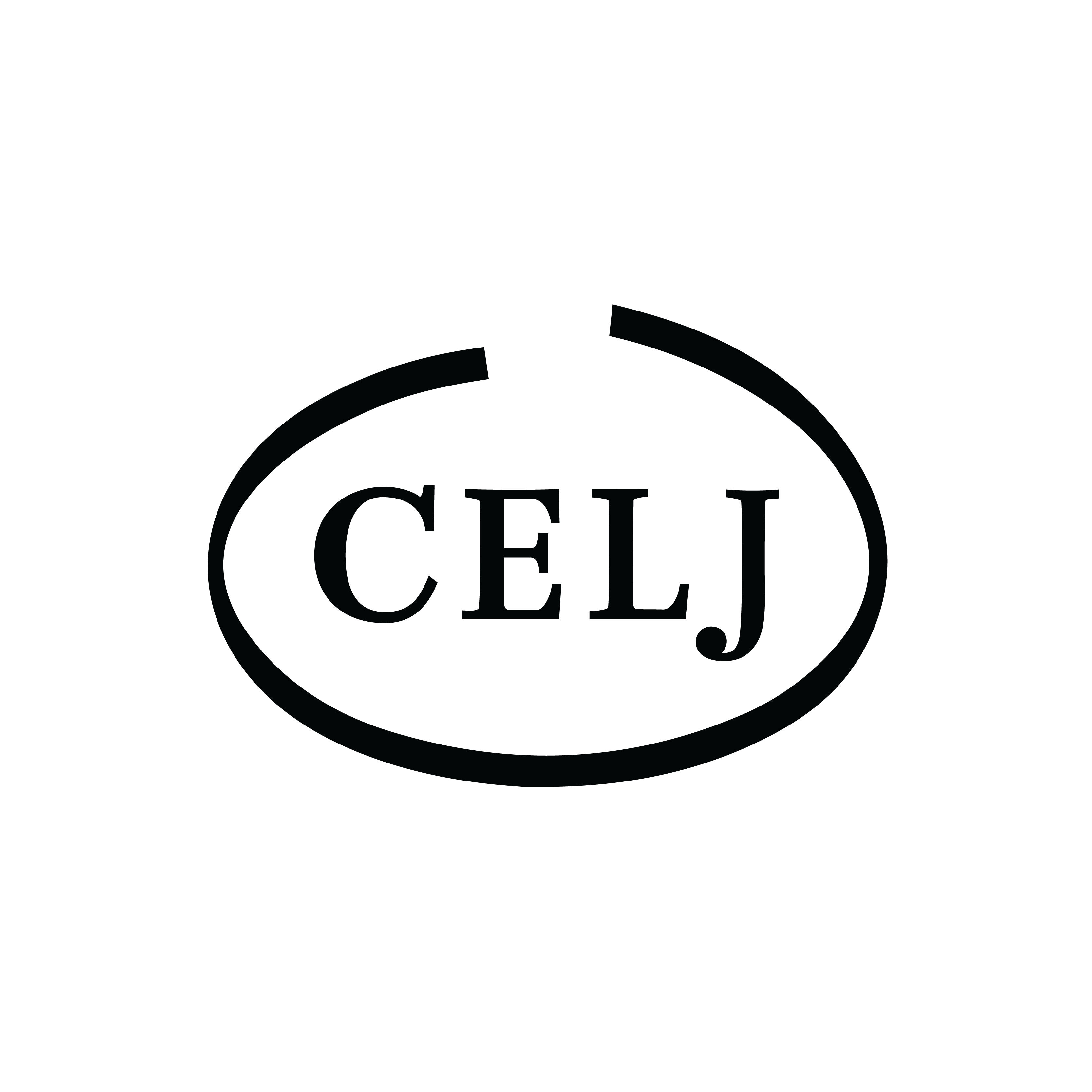Logging On
Cheryl Ball, Editor
In This Issue
When Kairos has open-themed issues, like this one, readers really get to see the breadth of work that our fields take on: classical and contemporary rhetoric, composition, digital literacies, digital rhetoric, game studies, and more in this issue! If you don't see your specialty listed here, it's because you still need to submit to us! We are always looking for new authors and new ways of presenting "Rhetoric, Technology, and Pedagogy"—keeping in mind that authors are not required to do all three of those areas in a single text. As long as your work would be of interest to Kairos readers, generally around those categories, we can work with you to make your submission shine, just as these authors have:
In the Topoi section, we feature Mark Pepper's, "Classical Rhetoric Up in Smoke: Cool Persuasion, Digital Ethos, and Online Advocacy." In this webtext, he analyzes the anti-smoking website, thetruth.com, using classical rhetorical strategies to determine how "cool" works—or doesn't work—in online environments as opposed to face-to-face environments. The design of Pepper's website challenges readers to indulge in being cool, provoking at least this reader to continue reading to see if the designed argument lives up to its own hype. It does.
In the Praxis section, we feature "Our [Electrate] Stories: Explicating Ulmer's Mystory Genre," a multi-authored webtext by Marc C. Santos, Ella R. Bieze, Lauren E. Cagle, Jason C., Zachary P. Dixon, Kristen N. Gay, Sarah Beth Hopton, and Megan M. McIntyre. Santos's graduate class created mystory projects from Gregory Ulmer's Internet Invention (2003). In reflecting on those composing experiences, the authors find the mystory genre reveals the ways in which different discursive networks influence what we see and don't see in and outside of the classroom. Santos's et al's webtext provides an excellent example of electracy at work, with lots of student examples and discussion to help teachers consider this assignment in their own classes.
In the Reviews section, we start with another electracy text, Carly Finseth's review of Jan Rune Holmevik's Inter/vention: Free Play in the Age of Electracy. Finseth writes that Holmevik "positions himself as the perfect voice to promote the power of learning and creativity through play, and he does so by taking us on a historical tour of digital information through the lens of Gregory Ulmer's (2003) concept of electracy." Our next review is by another collaborative group, led by Jennifer deWinter, called "The Art of Video Games, Curated by Chris Melissinos: A Rhetorical Review of the Exhibition, the Book, and the People Who Attended." This review, presented as a playable game, takes readers through deWinter's class's field trip to Washington, D.C. to visit "The Art of Video Games" exhibition that occurred last year at the Smithsonian. The review comments on the experiential nature of the exhibits and whether the games presented lived up to the overall feeling the curators had desired.
In the Interviews section, author Nathaniel Rivers takes experiential to a whole new level with an interview of Thomas Rickert, to talk about his book Ambient Rhetoric across two bars in Saint Louis, MO. Once in a while an interview we publish will spark a much larger conversation within the Kairos staff, and this one did—the concept, production, and content all struck us as something we want to see more of in Kairos, and starting this summer, readers will see exactly what we mean. (Hint! Hint!) Not to be outdone, Liz Monske's, "A Conversation with Kristine L. Blair" provides us with incredible insight to this woman in our field who just cannot be stopped! (I mean, how does Kris do it all?! Department chair, editor of TWO journals!, and an amazing mentor and teacher to boot? Listen to the interview to find out!)
Finally, our PraxisWiki hosts two texts in this issue. The first, "Encouraging Digital Dexterity in Basic Writers," by Amy Patterson, Nicole Hancock, and Lynn Reid discuss how they encourage digital dexterity in their basic writing students at three different institutions. Each author shares assignments and outcomes from their attempts to integrate digital composing into curricula that demand that students produce print-based texts to demonstrate their academic literacy skills. In "Text - Video - Text: Multimodal Remediation with an Eye on Viral Literacy," Dan Wuebben describes a writing-with-video project assigned for Writing 105M (Multimedia Writing), an upper division writing course at University of California–Santa Barbara, and argues for the importance of teaching basic writers to compose with video.

